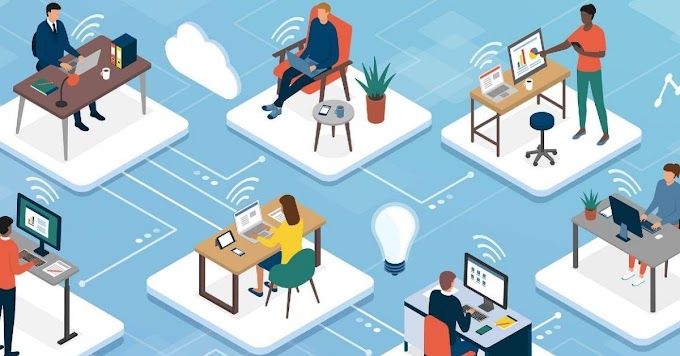Today we will introduce you what is GTD (Getting Things Done)? A workflow management method attracting attention in teleworkers.
Efficient task management and time management are indispensable for increasing productivity in the teleworker era where self-management ability is required.
However, the conventional management method has a strong element such as "fighting time", and many people may feel stressed just by looking at a large task list.
There is a workflow management method that is attracting attention as a solution to this self-management dilemma. "Getting Things Done (GTD)" developed based on psychology by American consultant David Allen, who is famous for time management and productivity improvement techniques.
Organize your mind "GTD" to create a situation where you can concentrate on tasks
GTD was proposed by Allen in his book "Technology to Get the Job-How to Be Productive Without Stress" in 2002, and has been practiced by more than 2 million people worldwide. It is designed to help you stay motivated and increase your productivity efficiently by clarifying each task, idea, and project process based on the priority of each task.
Rather than just prioritizing tasks, you can strengthen your decision-making by first separating "what you need" and "what you don't need" and keeping your mind tidy.
It also has the benefit of stimulating creativity by exploring ways to accomplish tasks and thinking about ideas, creating a situation where you can concentrate 100% on what you need to do, and improving your concentration.
Since you can manage private tasks and projects together, it is also attractive that you can easily balance your work-life balance.
GTD 5 steps
GTD is practiced in the following five steps.
Step 1: Capture
A pile of daily tasks, business ideas, and personal challenges can make you feel like you are constantly running out of time, which can lead to stress and reduced productivity. "I feel like I'm ahead of the curve and my work doesn't go as I expected" is often due to the clutter in my head.
First of all, regardless of the genre, make a habit of writing down what you should do (tasks) and what you are interested in (ideas), visualize them, and keep them organized.
Step 2: Clarify
Next, we will verify the "feasibility" of the captured ones and categorize them. If you can do it in less than 2 minutes, "Run Now". For items that require more time, consider the "next action (next concrete step)" for execution, such as deciding when and how to execute it and managing it with a scheduling tool.
Those that are judged to be infeasible are "discarded (very unlikely to be feasible / do not need to be executed)", "reference (ideas that may be useful in the future, etc.)", and "pending (possible to be realized by ingenuity and effort)". There are three categories.
Step 3: Organize
Regularly review the categorized captures and further subdivide them into genres such as "work", "private", and "hobbies" to make the process easier to understand.
This process makes it easier to manage tasks and time by giving you a glimpse of what you can do right now, what to do next, project ideas, etc., for example.
Step 4: Reflect
By regularly reviewing your organized captures, you can see if you are making steady progress towards your "future self", not just your daily workflow, but your life goals and visions.
This is an important process for improving productivity more effectively, such as correcting the trajectory as needed.
Step 5: Engage
Once you have a clear path to your goals, all you have to do is proactively work towards them.
Throw away existing preconceptions and gain flexibility
There is an opinion that "GTD takes time and effort to prepare for clarifying tasks and sorting work", but in recent years GTD tools such as "Facile Things" and "Nirvana GTD" have been developed, and various We have an environment in which GTD can be used more efficiently according to demand and lifestyle.
To adapt yourself to the new way of working in the Wiz Corona era, you need a new approach. You will need the flexibility and the spirit of challenge to find the best work style for you through trial and error, abandoning your commitment and prejudice to existing methods.












0 Comments